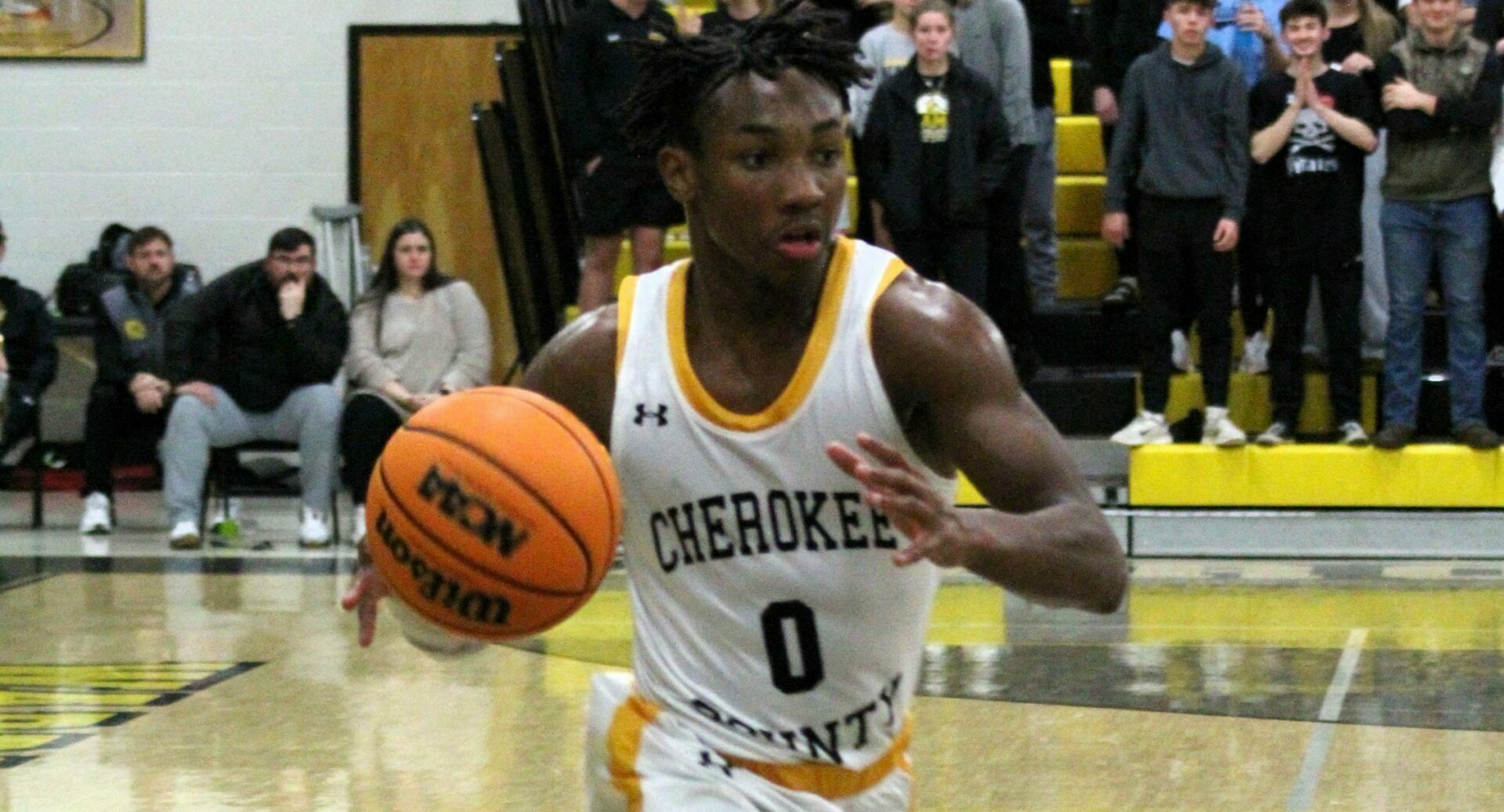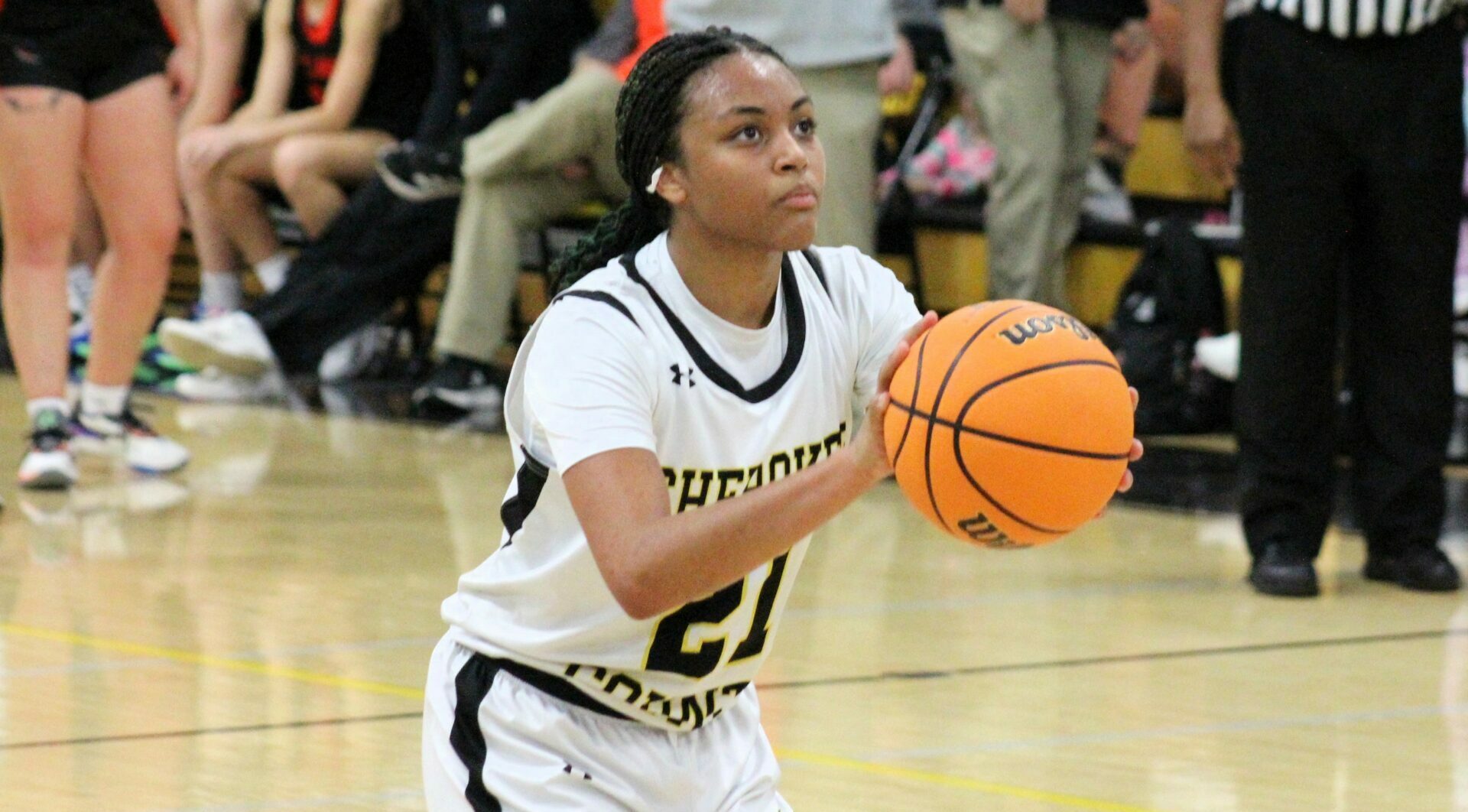
(NEW YORK) — The mass shooting at an elementary school in Uvalde, Texas, Tuesday left 21 people dead — including 19 students and two teachers — and 17 additional people injured.
As of Thursday, at least six people remain hospitalized including three children and one adult at University Hospital in San Antonio and two adults at Brooke Army Medical Center in Fort Sam Houston.
And while all gunshot victims receive the same core care, there are differences when it comes to treating pediatric patients compared to adults.
Dr. Michael Rodriguez, a family physician and a professor at the David Geffen School of Medicine at the University of California, Los Angeles, said child patients may require different types of medication, or different doses depending on their weights and heights, as well as different levels of fluids.
“The fact of whether they are adults or children is a major issue,” he told ABC News. “Partially because it requires a different level of expertise so, with children, you need to have some pediatric expertise.”
This means a child gunshot patient will need to be treated by emergency providers who specialize in pediatrics, including pediatric surgeons, pediatric anesthesiologists, pediatric nurses and so on.
All gunshot patients are checked to make sure their airways are clear, that they are breathing on their own and have good circulation, medical experts who spoke with ABC News said.
But one unique aspect of many pediatric trauma centers is the availability of a child life specialist, according to Dr. Katherine Hoops, a pediatric intensive care physician at Johns Hopkins Children’s Center.
Child life specialists are health care professionals who help children and families handle the challenges of hospitalization, illness and injury, including by psychologically preparing them for certain procedures, offering therapeutic play and coordinating support services.
“They specialize in child development and helping the child to cope with that injury from their early presentation to the hospital,” she told ABC News.
Hoops, who is also core faculty at the Center for Gun Violence Solutions at the Johns Hopkins Bloomberg School of Public Health, added pediatric patients admitted with gunshot wounds are often some of the most severely ill patients.
“Many of [them] will have the highest rates of readmission to the hospital for complications for their injuries and they do unfortunately have some of the highest mortality rates of pediatric trauma patients,” she said.
According to police, the gunman arrived at the school wielding a Daniel Defense AR-15-style assault rifle.
AR-15s have been used in several mass shootings including at a movie theater in Aurora, Colorado, in 2011; a music festival in Las Vegas in 2017; and at Sandy Hook Elementary School in Newtown, Connecticut, in 2012.
Doctors explained that, traditionally, injuries from handguns leave clean entry and exit wounds or just become lodged in the skin and, because they are traveling at a low velocity, do not cause life-threatening bleeding unless a major organ or artery is hit.
But bullets from AR-15s exit the barrel at three times the speed that handgun bullets exit the barrel. This means that when AR-15 bullets hit the skin, they often leave huge entry and exit wounds that are not clean.
“When a high-velocity firearm enters a body, it basically creates a wave and a blast,” Dr. Lillian Liao, a pediatric trauma surgeon at University Hospital in San Antonio — treating four patients from the Uvalde shooting — told “Nightline.” “So it looks like a body part got blown up … A handgun may create one small hole, whereas a high-velocity firearm will create a giant hole in the body that is with missing tissue.”
She added all the patients had “large destructive wounds.”
“By that, I mean that there were not only a small hole in the body part, but large areas of tissue missing in various body parts that sustained injuries from the firearm,” Liao said.
Rodriguez said that because assault weapons are designed to shoot more rounds of bullets than handguns, pistols or revolvers, people are more likely to have life-threatening injuries.
“As a result, people don’t just get one wound, they may get numerous wounds and the more bullets that hit a person, the more likely vital organs they could hit or arteries or vessels that could lose greater amounts of blood,” he said.
This can be particularly devastating when it comes to a child with a gunshot wound.
“When you’re talking about a small child, that firearm that’s high velocity will just destroy a significant portion of tissue and is more likely to hit major organs,” Liao said. “And a child or an adult can bleed to death in as little as five minutes.”
While medical and surgical advances have helped lower the number of shootings that result in fatalities, the doctors said they want efforts to focus on driving down gun violence overall.
“We need to take into account that there are things that we know that work and prevent these events … licensing minimum age requirements, large capacity magazine restrictions, safe storage and safe handling requirements,” Hoops said. “We — as clinicians, pediatricians, our surgical colleagues — we support those initiatives that prevent patients from ever coming to our care.”
ABC News’ Lucien Bruggeman and Jennifer Watts contributed to this report.
Copyright © 2022, ABC Audio. All rights reserved.




